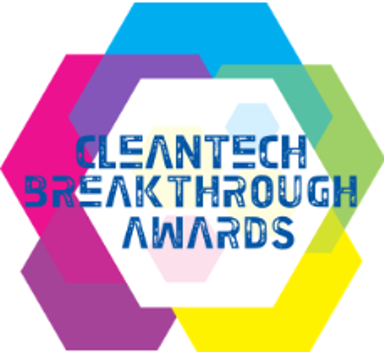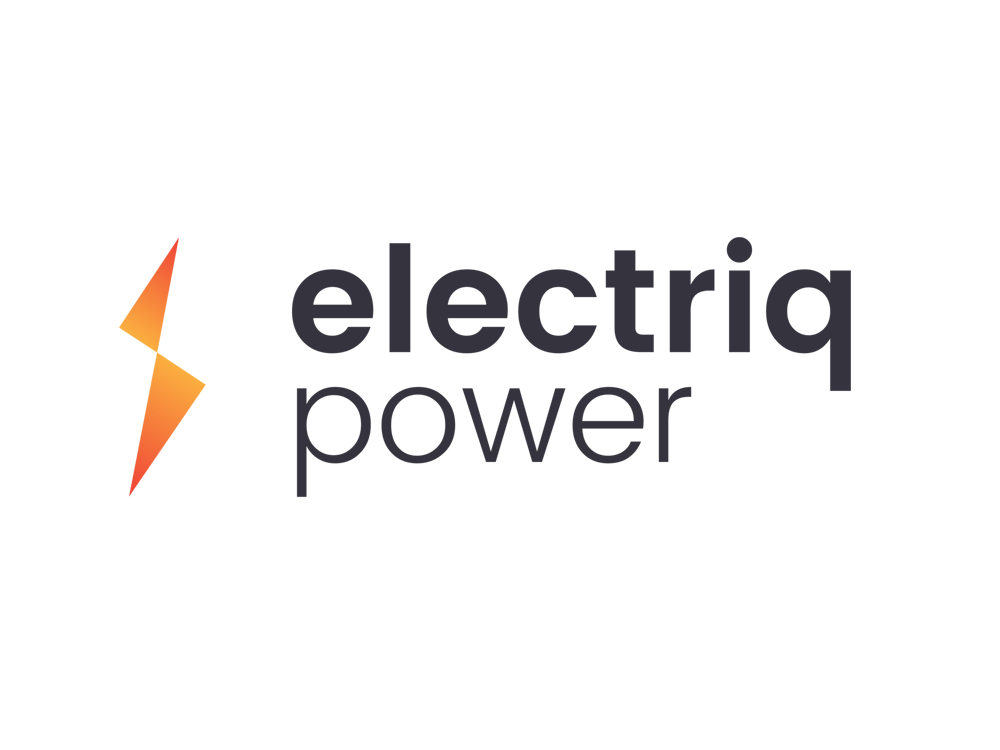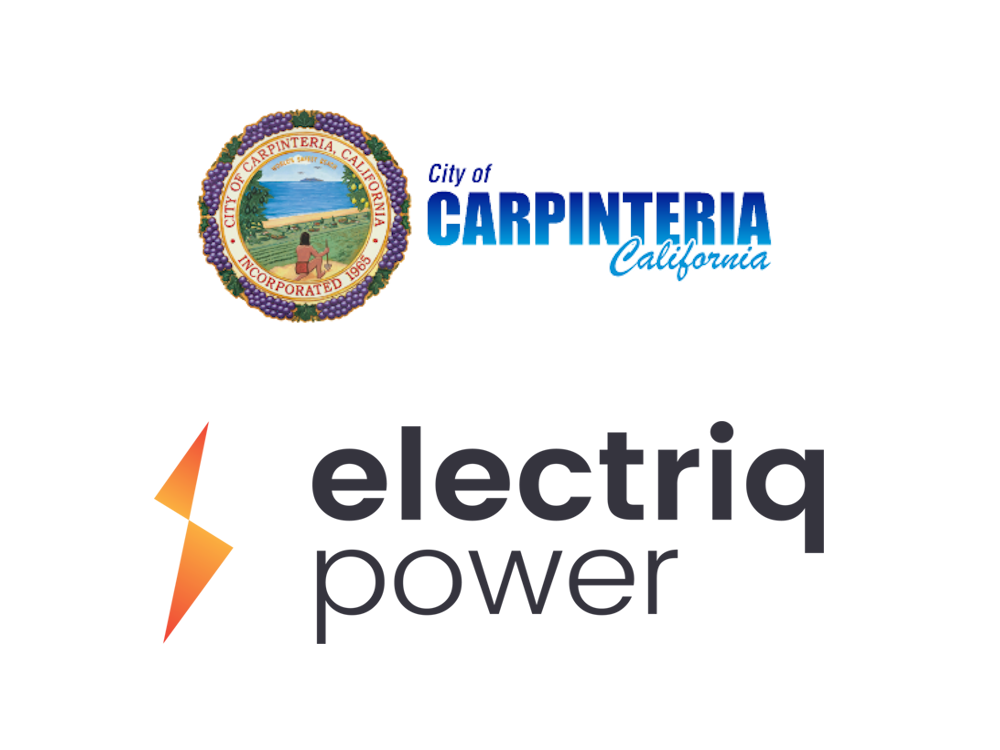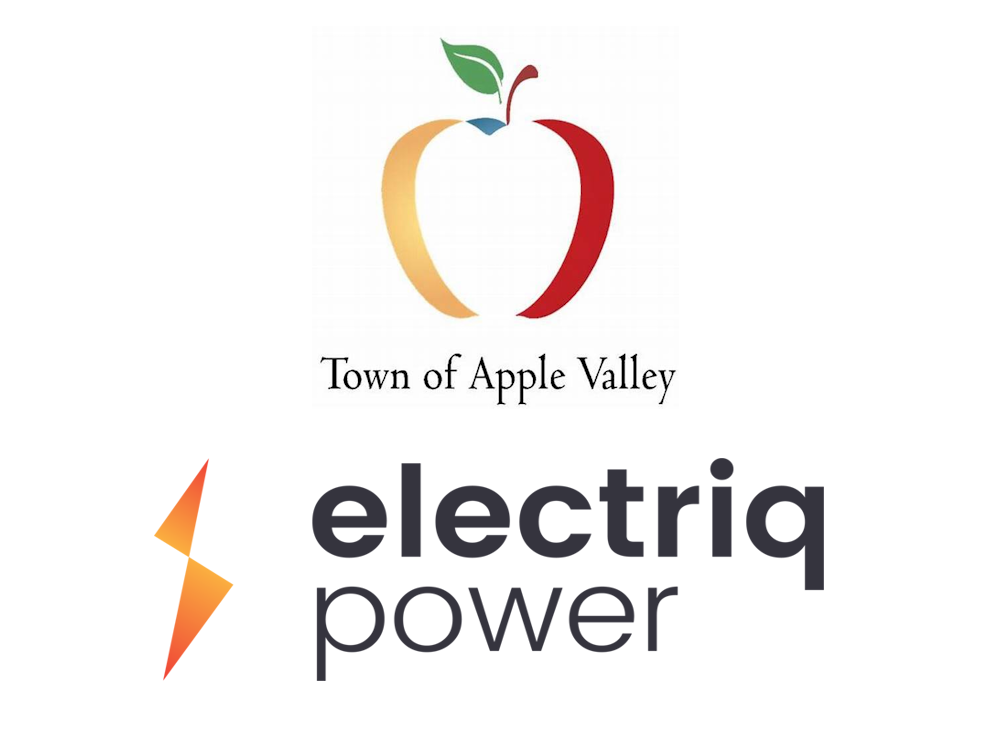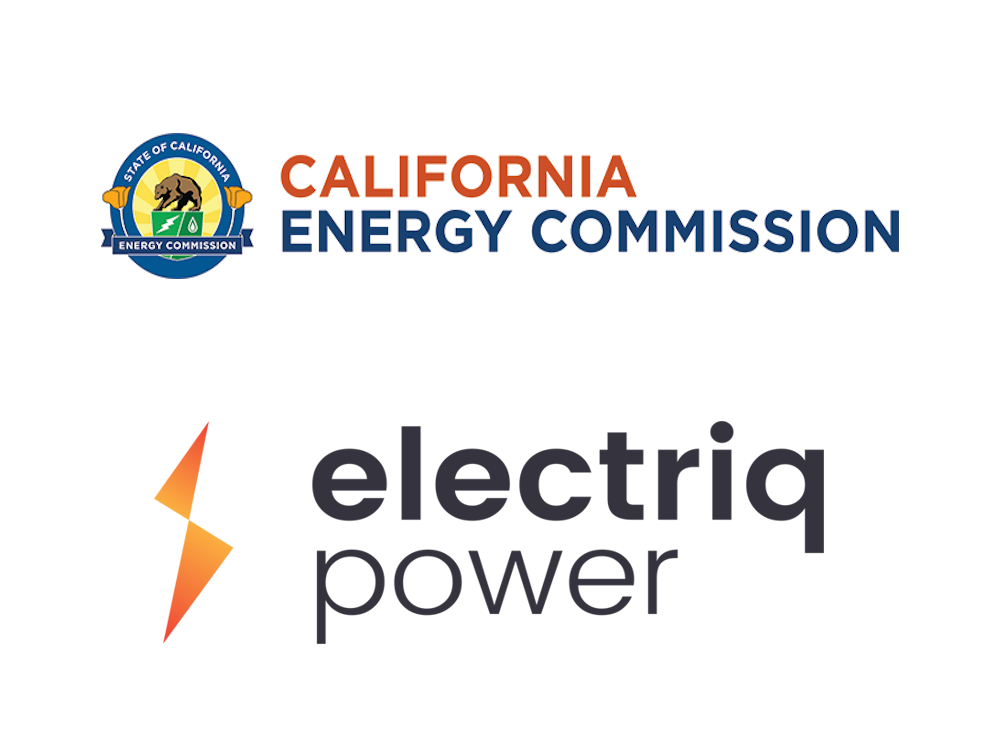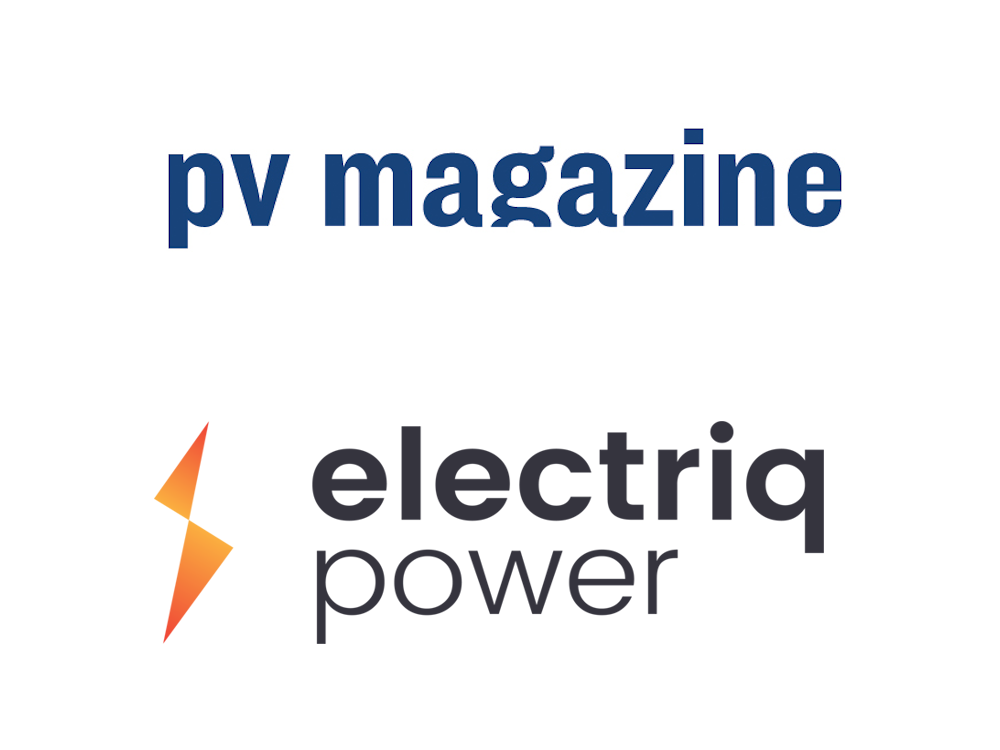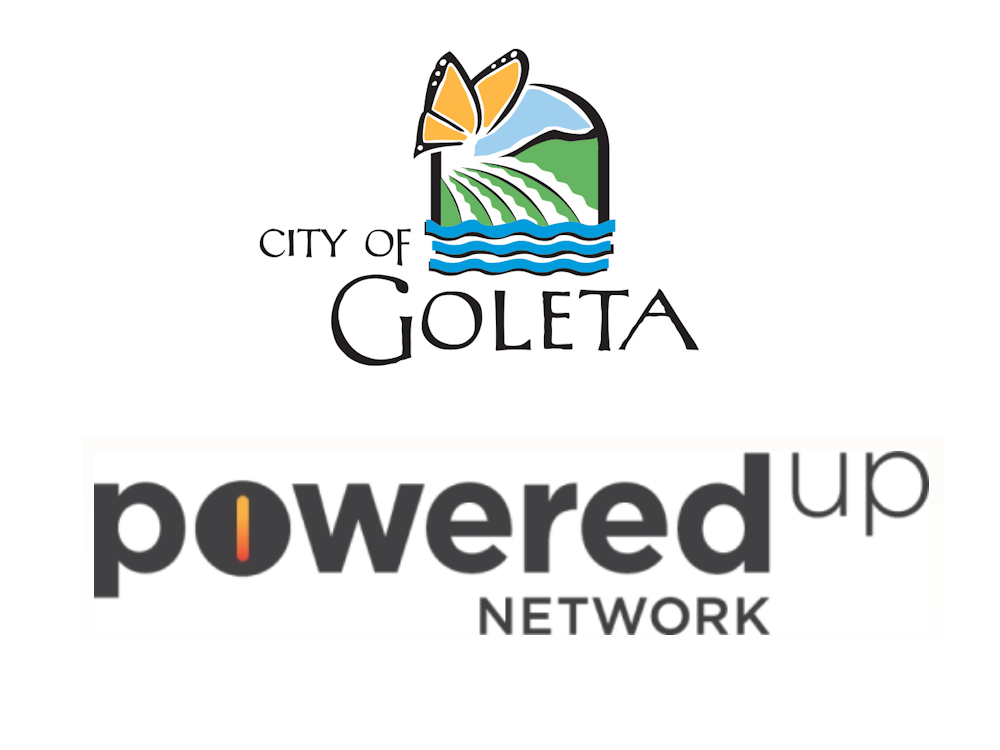Energy storage can make community solar more financially resilient in wake of bank failures
Published by on October 2, 2023

This article was originally published on Energy Storage News: Energy storage can make community solar more financially resilient in wake of bank failures – Energy-Storage.News
Community solar is a key means of enabling fairer access to clean energy, particularly for median or low-income households, and energy storage can unlock its potential, writes Frank Magnotti, CEO of Electriq Power.
Earlier this year, the high-profile collapse of Silicon Valley Bank (SVB) sent shockwaves through the banking sector. Less noted was the significant impact this had on the community solar industry – the nearly 60% of community solar programs in the US financed fully or in part by SVB were faced with an uncertain future.
The ultimate acquisition of SVB by First Citizens Bank served to bring some stability back to the market, but SVB’s failure was an important reminder of just how financially vulnerable community solar projects can be.
Community solar can provide an option for the many homeowners who would otherwise be unable to afford a traditional home solar installation, but the model has a number of challenges that go beyond bank failures.
There is, however, a solution that provides underserved communities with the benefits of solar (crucially, plus energy storage) while bypassing the issues facing community solar projects – Home Power Programmes (HPPs).
Communities in need
Before comparing community solar and HPPs, it is worth looking at why different approaches to enabling access to solar are needed in the first place. In a 2022 report from the National Renewable Energy Laboratory of the US Department of Energy (DoE), low-to-moderate income (LMI) communities (earning less than US$50,000 per year) represent 37% of all US households.
What’s more, the majority face a disproportionately high energy burden compared to higher-income communities, as many LMI homeowners are unable to financially adjust to the rise of inflation and electricity costs.
According to the Department of Energy, the national average energy burden for low-income households is 8.6% – nearly three times higher than energy costs for other households.
Easing the energy burden in LMI communities is critical for improving safety, comfort, and quality of life. While LMI homeowners cannot control electricity rates, grid failures, or Public Safety Power Shutoff (PSPS) events, equipping them with clean, reliable energy sources can provide benefits beyond lowered bills.
Increased implementation of renewables, primarily solar, combined with smart energy storage, can deliver much-needed energy resilience and independence.
Recent data from the Lawrence Berkeley National Laboratory uncovered encouraging statistics on solar adoption in lower-income groups. Nearly a quarter of all 2021 adopters earned less than 80% of area median income.
Additionally, the trend indicates that lower-income homes are adopting solar – as a result the income bands of homes adopting solar decreased by over 30% in real terms between 2010 and 2021, and the adoption of solar by lower-income households has been on the rise since 2016. However, these figures only scratch the surface of the challenge at hand.
Recognising the urgency of relieving high energy cost burdens in LMI communities is only the first step in the marathon. A number of factors limit the accessibility of solar, including high technology costs relative to means, geographic location, and lack of qualifying credit – leading LMI homeowners to one of the more attainable forms of renewables: community solar.
The state(s) of community solar
The U.S. Department of Energy defines community solar as “any solar project or purchasing programme, within a geographic area, in which the benefits of a solar project flow to multiple customers such as individuals, businesses, nonprofits, and other groups.
In most cases, customers are benefitting from energy generated by solar panels at an off-site array.” There is often an emphasis on community solar in LMI communities, as opposed to connecting higher-income households who would traditionally be able to own solar assets.
Though not yet a widespread phenomenon, community solar projects have a steadily increasing presence in the United States. NREL reports that “as of the end of 2020, at least 3,253 MW-AC of community solar capacity [were] distributed across ~1,600 projects in 39 states and Washington, D.C,” and “cumulative community solar capacity has grown by about 121% year over year since 2010.”
While community solar can be a relatively simple means of utilising and reaping the benefits of sustainable energy, the mode is not without flaws:
- Most community solar projects do not include any kind of energy storage, limiting the benefits that the projects can bring.
- Inherently, homeowners are ultimately both served and limited by the performance of a community solar array, which is susceptible to grid/connection failures, and extreme weather events such as heat, hurricanes, droughts, etc.
- Financing of community solar projects is often through large banks/financial institutions, and as recent history has dictated, these are not immune to market fluctuations.
- The complicated logistics of pulling together a community solar project significantly impacts the chances of a project getting off the ground. The impact of this is seen in the relatively limited number of community solar arrays installed in the United States to date, leaving many LMI communities still without the opportunity to connect.
- Not every U.S. state provides financial incentives or has policy support for costly community solar projects. The EPA reports only 22 U.S. states have shared renewables legislation enacted as of 2022.
- Many projects have capacity limits, restricting the size of arrays, thus limiting the number of users able to connect.
LMI communities benefit most from renewable resources that enable energy independence, not lead to greater dependence. Fortunately, new programmes for making solar accessible to homeowners from the comfort of their homes are now available.
Powering LMI communities
To address the energy needs of LMI households without the issues presented by community solar, Home Power Programs (HPPs) are quickly becoming a viable, affordable alternative.
While there is not yet a common definition, HPPs typically consist of energy resilience programs aimed at LMI communities that are managed by public-facing entities, including cities, municipalities, and utilities.
HPPs are best when enabled and supported by cities, counties, organisations, and companies via power purchase agreements (PPAs). HPPs really are microgrids since these solutions can island individual homes and operate as a fleet.
HPPs, like the PoweredUp Network solution from Electriq are installed in homes at no cost to the user, regardless of credit history and FICO score, and consumers simply pay a low per-kWh rate for the power the system generates.
Over time, this arrangement reimburses the energy storage system provider for the cost of the system. The PPAs also traditionally extend for between 20-25 years, and the price of the energy the system generates is guaranteed, so there are no unexpected rate increases.
The benefits of HPPs can overcome the disadvantages seen in community solar projects:
- HPPs can be implemented regardless of geographical location, making them highly accessible to homeowners in rural areas.
- HPPs are not financially dependent on investors, corporations, or other entities susceptible to bank failures as the majority of community solar projects are.
- Recent policy measures support HPPs and similar programs, specifically the Inflation Reduction Act and the newly announced Biden Administration investments.
- Homeowners participating in HPPs are protected from grid infrastructure failures, inclement weather, PSPS events, and blackouts, and can control energy consumption from within their homes.
- Homeowners enjoy true energy independence, with battery systems using intelligent monitoring software to personally track and control their home’s energy consumption.
- When the grid fails, HPP users are not left in the dark, as they can rely on stored energy to keep the power on when it’s most critical.
- HPPs can also generate job opportunities for the communities they serve, by way of solar installation training programs, to help bolster local economies.
Energy access, independence, and resilience are core benefits of many HPPs, all of which are enabled by pairing solar with residential energy storage. The hallmark of HPPs is meeting homeowners where they live, taking into account income, credit history, and location.
Conclusion
Enabling reliability and resilience are the most important considerations for those in the renewables industry seeking to serve LMI communities.
Data has consistently shown that LMI communities across the US want access to solar in order to receive the benefits of renewables, but community solar projects alone cannot deliver one of the most important considerations: independence.
HPPs offer the best of both worlds. Cities and municipalities with large LMI populations can adopt an HPP model that provides zero-up-front cost solar and storage systems to the user’s home, eliminating reliance on a distant solar array connected to a fallible grid system.
Equitable, accessible, clean energy is fundamental for relieving high energy burdens on LMI homeowners by meeting their needs in their own backyards – and rooftops.



